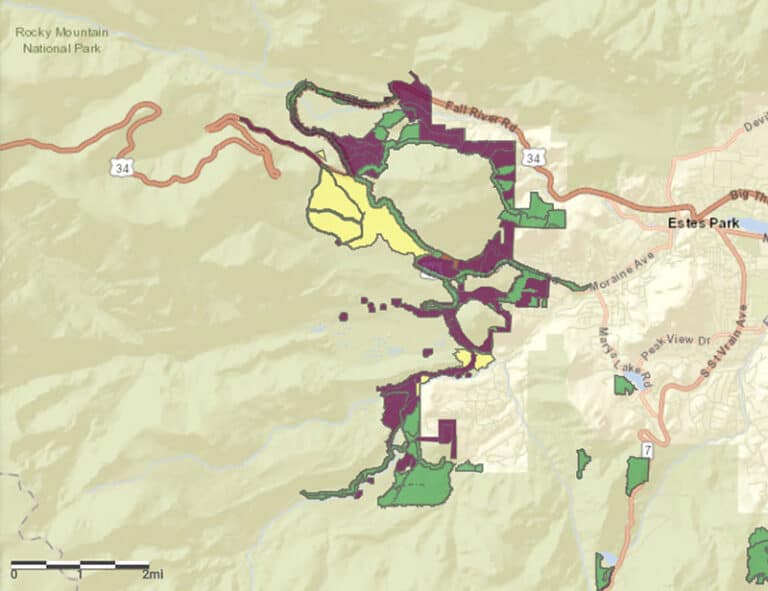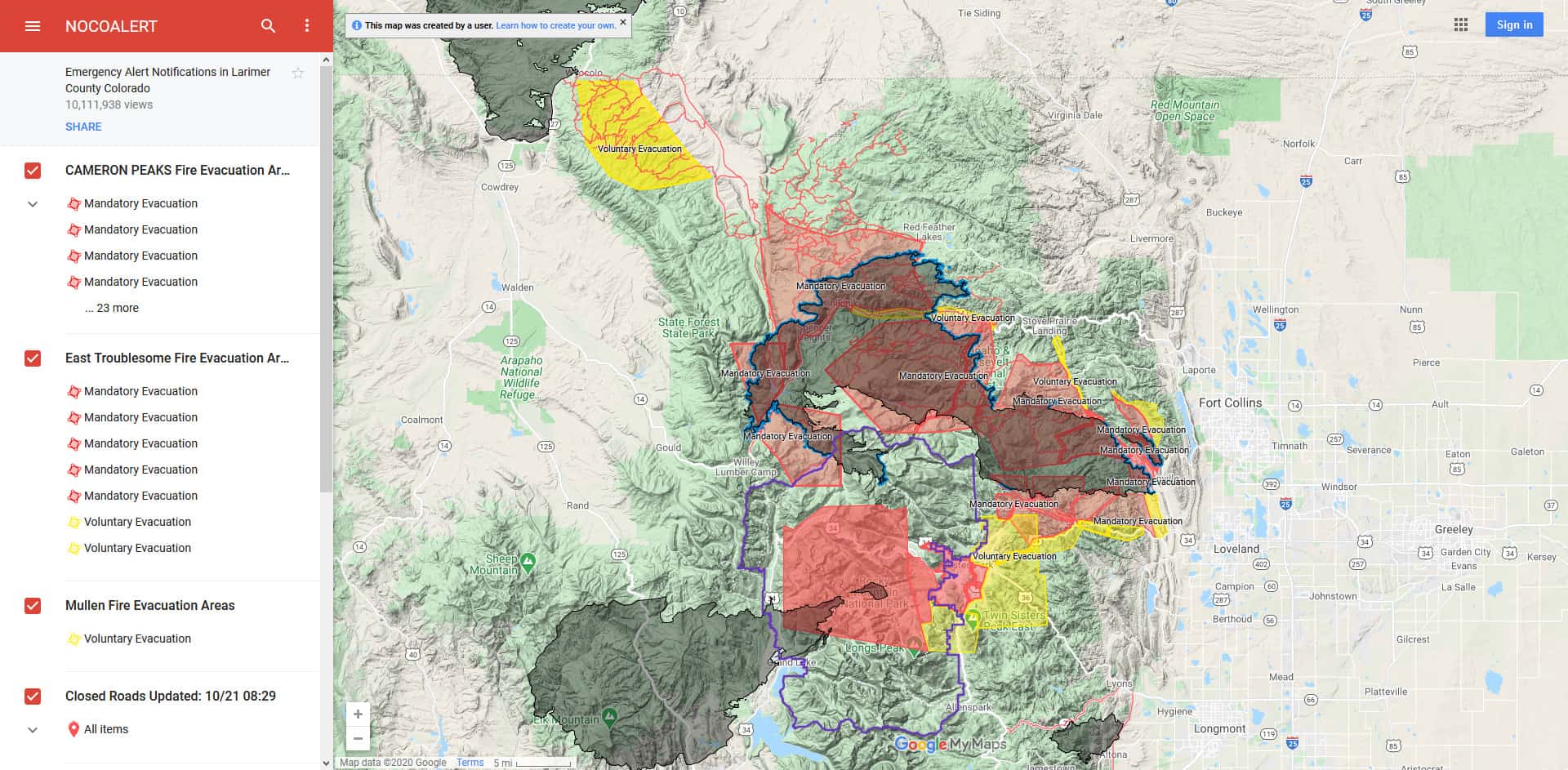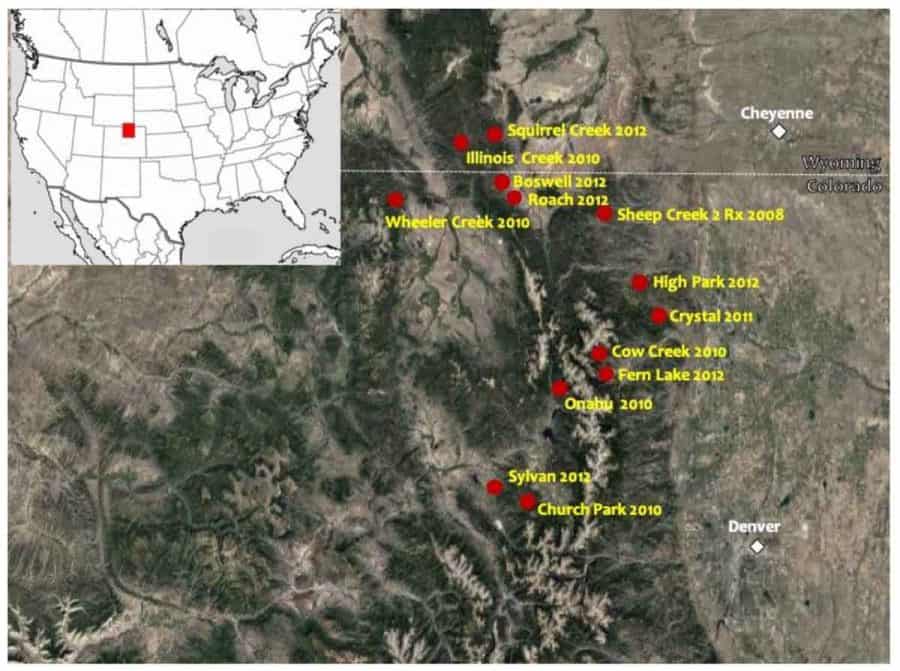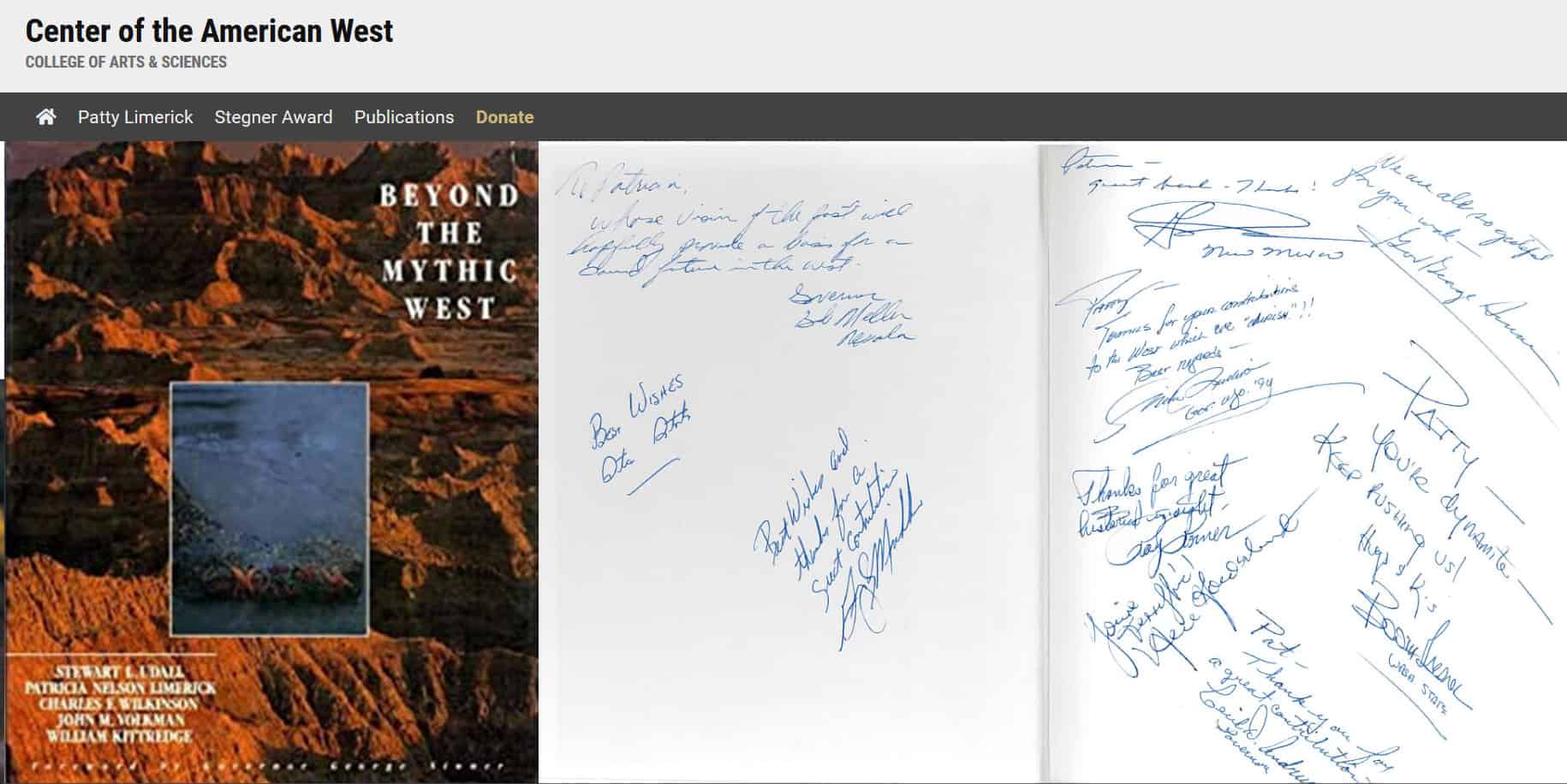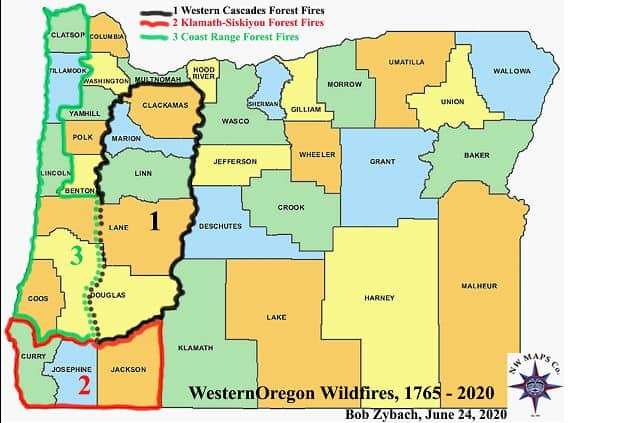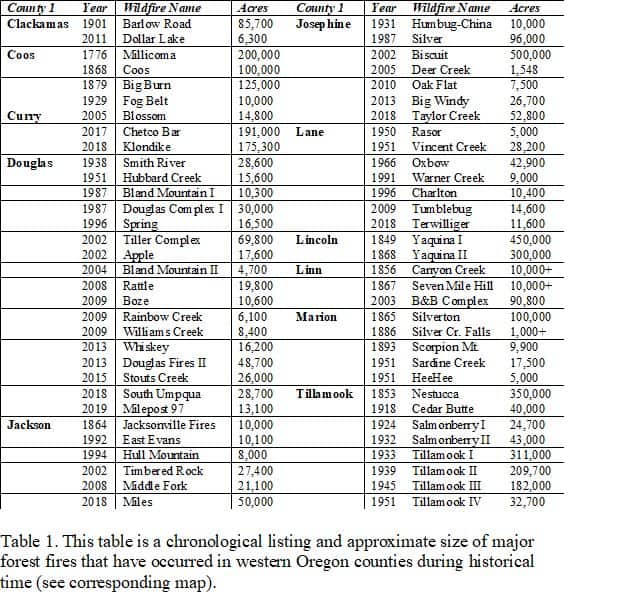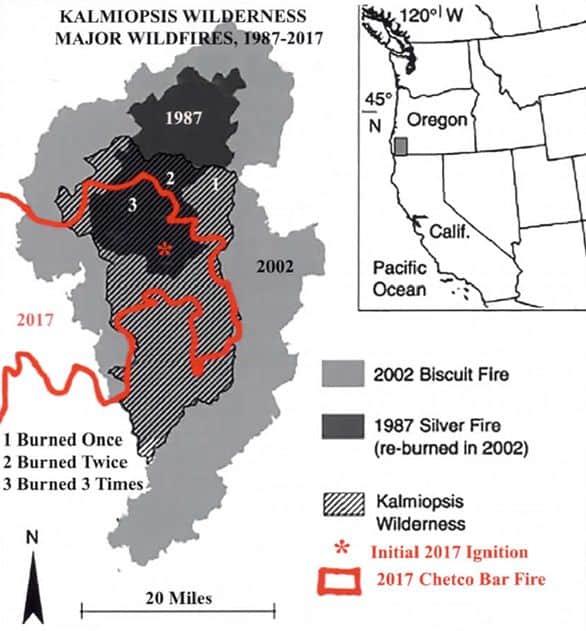
When I googled this bill, I found many voices for and against but very little analysis. Now it seems to be a rarity for any House of Congress to produce bipartisan bills (let alone both) (or they are not so much covered in the press), so I thought it was worth us taking a look at the specifics. My comments are in italics.
According to Senator Feinstein’s website:
Earlier this month, Senators Feinstein and Daines introduced the Emergency Wildfire and Public Safety Act, a bipartisan bill to help protect communities from catastrophic wildfires by implementing critical wildfire mitigation projects, sustaining healthier forests that are more resilient to climate change and providing important energy and retrofitting assistance to businesses and residences to mitigate future risks from wildfire and power shutoffs. The House companion bill is being led by Reps. Jimmy Panetta (D-Calif.) and Doug LaMalfa (R-Calif.).
Here’s a link to a cpan link https://www.c-span.org/video/?475867-1/senate-hearing-wildfire-forest-management you can go to Feinstein’s remarks.
Here’s a section by section from Feinstein’s site, which includes more info on each section than I posted here.
Section 101 – Three new landscape-level, collaborative wildfire risk reduction projects:
Requires the Forest Service to conduct three landscape-level, collaborative wildfire risk reduction projects in the West proposed by a Governor. Projects would be subject to a streamlined environmental review process and certain litigation protections.
Section 102 – Encourages the Forest Service and the Department of the Interior to increase the use of wildfire detection equipment.
Directs the Department of the Interior and the Department of Agriculture to expedite the placement of wildfire detection equipment such as sensors and cameras and expand the use of satellite data to assist wildfire response.
Section 103 – Wildfire risk reduction activities near existing roads, trails, and transmission lines
Establishes a new 3,000-acre categorical exclusion to accelerate management near existing roads, trails, and transmission lines.
Background: According to the Pacific Biodiversity Institute, nearly 90% of wildfires begin within a half-mile of a Forest Service road.
I wondered about that and found this 2007 report from PDI.
Section 104 – Accelerating Post-Fire restoration and reforestation
Establishes a new statutory tool to accelerate post-fire restoration and reforestation work on Forest Service land. Based largely on the Forest Service’s existing Emergency Situation Determination authority, this provision specifies that the agency must do environmental analysis only on the proposed post-fire project and the scenario of not doing any project, so long as the treatment area is not larger than 10,000 acres.
Section 105 – Codifying “New Information”
Specifies that the Forest Service is not required to reinitiate plan-level consultation with the U.S. Fish and Wildlife Service following the finding of “new information” related to a listed species unless the “new information” is publicly available, peer-reviewed, and consistent with longstanding federal guidelines for scientific information. Allows for the agency to conduct informal, formal, or no consultation as appropriate and allows projects to continue during plan-level consultation.
This is known as the “Cottonwood Fix” relating to a court case which others here know much more about.
Section 106 – Hazard Mitigation Using Disaster Assistance
Allows FEMA hazard mitigation grant funding to be used to install fire-resistant wires and infrastructure as well as for the undergrounding of wires.
Section 201 – Biomass Energy Infrastructure Program
Establishes a new Department of Energy grant program to facilitate the removal of biomass from National Forest areas that are at high risk of wildfire and to transport that biomass to conversion facilities.
Biomass conversion facilities located within areas of economic need and seek to remove dead or dying trees are prioritized. Grants are limited to $750,000.
Section 301 – California Exemption to Prohibition on Export of Unprocessed Timber
Allows the export of unprocessed in timber of dead and dying trees in California. The exemption only applies after domestic mills have refused the unprocessed timber.
I tried to find out more about this but the U of Calif, my own alma mater, (sadly) does not seem to have anyone that I could identify as a forest economist. Any help locating a knowledgeable person on timber markets and the possibility of exports would be appreciated.
Section 401 – Innovative Forest Workforce Development Program
Creates a competitive grant program to provide funds to non-profits, educational institutions, and state agencies to assist in the development of activities relating to workforce development in the forestry sector. Funds can be used for education, training, skills development, and education.
Section 403 – Western Prescribed Fire Center
Establishes a Prescribed Fire Center in the West to train individuals in prescribed fire methods and other methods relevant to the mitigation of wildfire risk.
I like the idea of a Prescribed Fire Center but I’d want it to 1) understand and coordinate existing state, federal and NGO efforts, 2) identify gaps and solutions in a biennial report to Congress, and 3) commission research. Probably other things as well but I don’t think training by itself will overcome all the obstacles to increasing PB.
Section 403 – Retrofits for Fire-Resilient Communities
Amends the Weatherization Assistance program to make materials that are resistant to high heat and fire and dwellings that utilize fire-resistant materials and incorporate wildfire prevention and mitigation planning eligible for funds.
Increases the level of available funding to $13,000 and allows for increases with inflation.
Section 404 – Critical Infrastructure and Microgrid Program
Establishes a new Department of Energy grant program to improve the energy resilience, energy efficiency, and power needs of critical facilities.
Prioritizes rural communities with access to on-site back-up power and installation of electrical switching gear
For whatever reason, this seems to be more of a California problem.
What do you think of these? And what do you think is missing?
